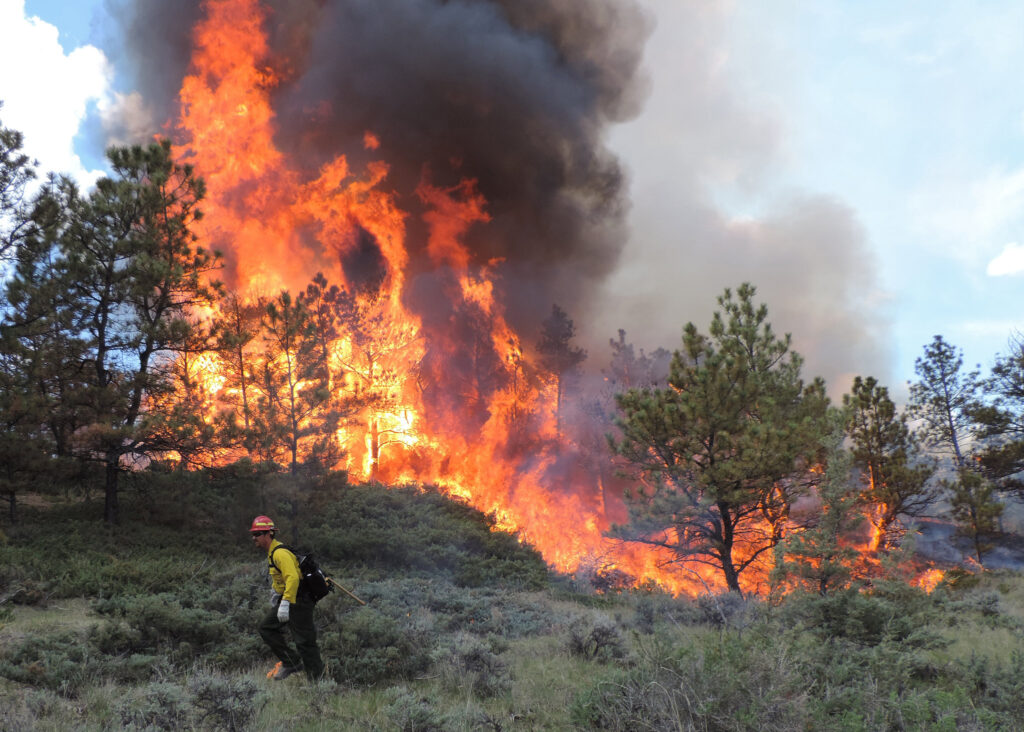
At a time when we need to be scaling up forest restoration to protect Montana’s forests from catastrophic wildfires, getting this work done just became more difficult. Last week, a partial legislative bandaid, known as the Cottonwood temporary fix, that shielded the Forest Service from expensive and time-consuming litigation expired. Without a permanent solution, our forests—and the humans and wildlife who depend on them—will be the victims.
Nearly nine million acres across Montana are at high to very high risk of wildfire. These fires threaten our communities, scorch wildlife habitat, and destroy watersheds. Restoring forests by removing overgrowth, deadfall, and other fuels through mechanical thinning and prescribed burns are proven approaches to reduce wildfire risk, but actually applying these tools on the ground will become even more tangled in red tape and legal challenges now that the temporary Cottonwood fix has expired.
The Forest Service is careful to consider how forest restoration projects will impact endangered and threatened species and updates that analysis when new information arises. In 2015, however, the Cottonwood Environmental Law Center—a self-described “radical environmental” group from Bozeman—contended that was insufficient and sued to stop forest work on the Bozeman Municipal Watershed Project. The project sought to restore forest lands that provide the vast majority of the city’s drinking water, in addition to valuable wildlife habitat and recreational opportunities. The group opposed the project and argued that it was not enough for the Forest Service to halt work and analyze how the project would impact the Canada lynx, but the Service also had to go back and reanalyze its general forest plan, a planning document that remains in place for fifteen or more years and has no on-the-ground impacts.



